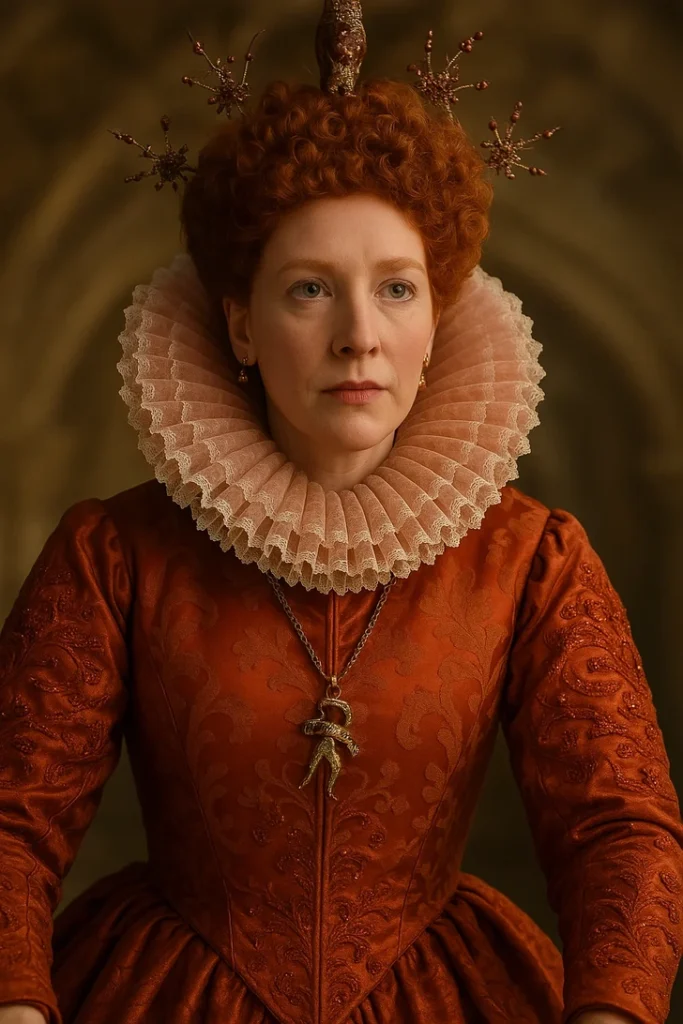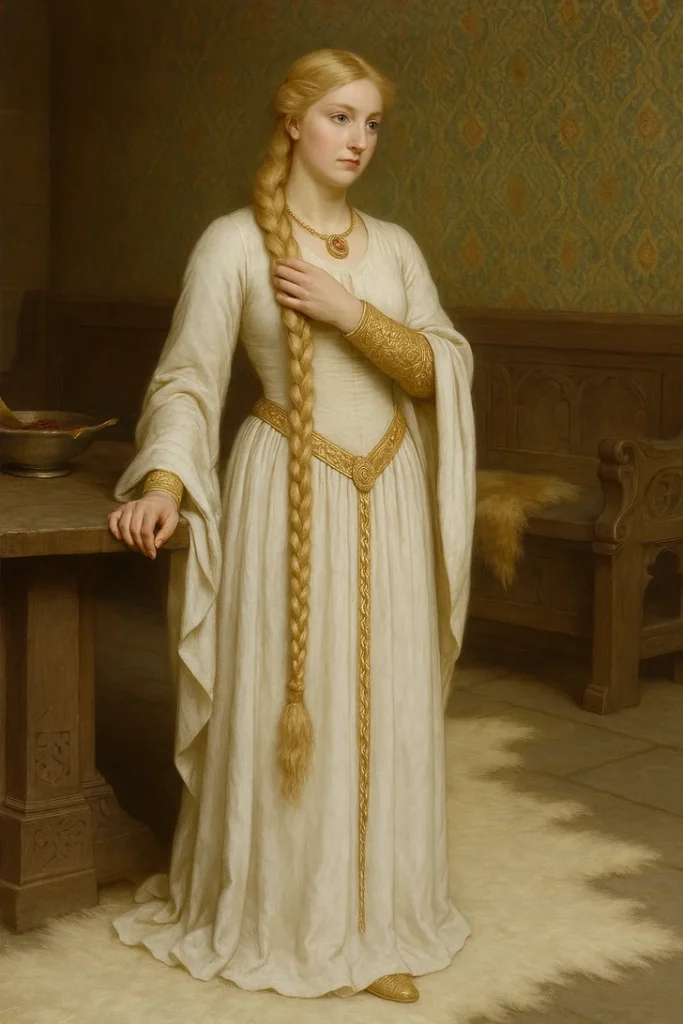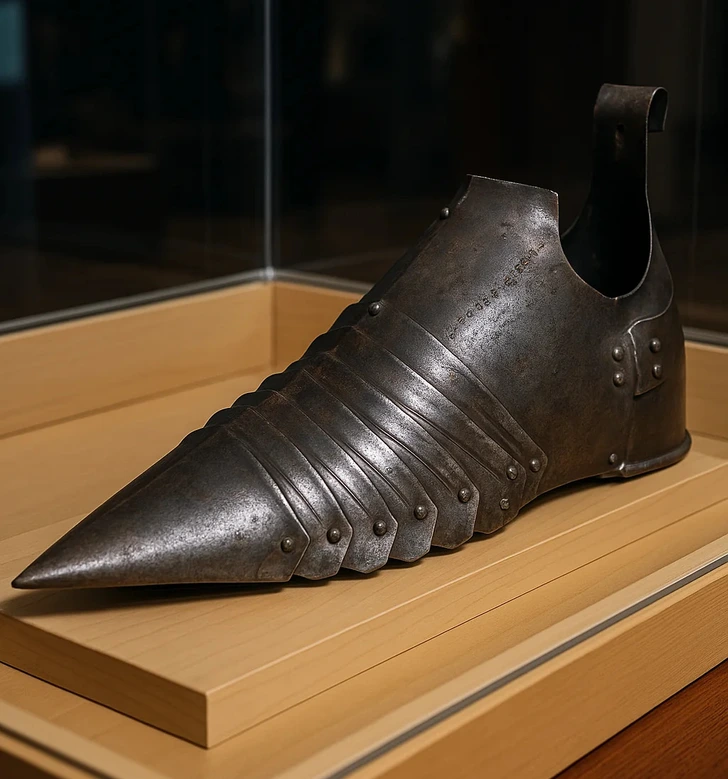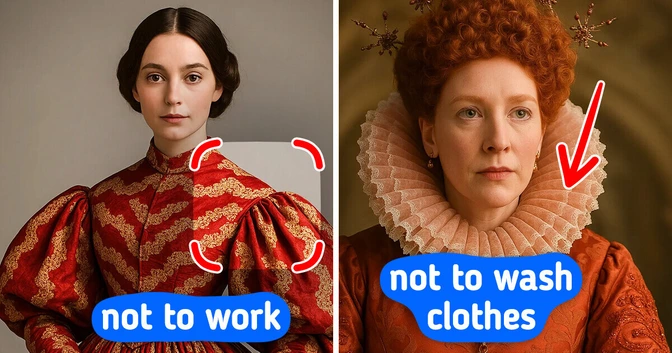12 Fashion Items From History With Surprising Hidden Purposes
Throughout history, fashion has featured many garments that appear extravagant or puzzling at first glance. From rigid corsets to bizarrely shaped hats, these once-popular items served purposes that are not immediately obvious today. Yet behind their unusual designs lay practical functions or symbolic meanings—insights that only become clear when considered within the historical context of their time.
1. Ruff

In Tudor England, the ruff collar emerged as a distinctive marker of status and sophistication among the elite. Beyond its dramatic flair, the ruff served a clever hygienic function—it acted as a barrier that protected garments from sweat and oils around the neck, allowing people to not wash clothes frequently. Since the ruff was detachable, it could be laundered independently, reducing the need for cleaning of the more elaborate and harder-to-wash clothing beneath.
2. Bliauts

In the Middle Ages, a popular fashion among women—and occasionally men—was the bliaut, a flowing garment known for its exceptionally long, trailing sleeves. While these exaggerated sleeves might appear inconvenient by today’s standards, their impracticality was intentional. Wearing such elaborate attire signaled that the wearer belonged to the upper class, wealthy enough to avoid manual labor and surround themselves with luxury for display rather than function.
3. Himation

The himation was a versatile cloak commonly worn in Ancient Greece, serving both practical and symbolic purposes. For women, it went beyond simple outerwear—this draped garment could be drawn up to cover the body entirely, even concealing the head or hide emotions. In moments of emotional intensity or modesty, women would use the himation to veil themselves, using the fabric as a means of expressing restraint, privacy, or decorum in public life.
4. Solleret

The solleret was a type of armored footwear worn by knights, crafted as an integral part of their battle attire. Composed of overlapping metal plates or strips, this segmented design offered both protection and flexibility. Beyond shielding the feet, sollerets played a practical role in mounted combat—their structure helped knights maintain a firm and stable grip in the stirrups, enhancing control and balance while riding into battle.




